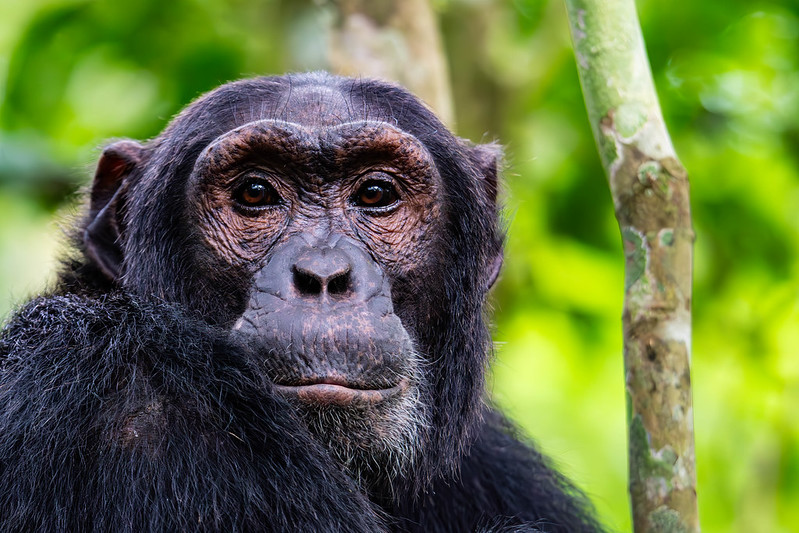Reasons why you should visit Uganda
Reasons why you should visit Uganda , Although it may not possess the renown of Rwanda, Kenya, or Tanzania, Uganda is indisputably one of Africa’s most exciting places. Roads are bordered by mango, jackfruit, and banana trees; meandering slopes host operational tea and coffee plantations; and lakes and rivers are accompanied by dense thickets of tall elephant grass. This is Africa’s verdant paradise, where lush greenery contrasts with rich red soil, and deep jungles serve as a natural refuge for endangered mountain gorillas, whose survival hinges on our vigilance.
Top 6 reasons why you should visit Uganda
top Reasons why you should visit Uganda, In 1908, Winston Churchill designated the term “The Pearl of Africa” to express the beauty, diversity, and natural riches of the region. Since that time, Uganda has evolved into one of Africa’s most desirable travel destinations. It is one of only three countries globally where one can encounter mountain gorillas in their native habitat without barriers and possesses the largest population of these primates. With a seasoned tracker, there exists just a moment of anticipation separating you and the insight mirrored in the gaze of one of the planet’s most magnificent beings.
Although the majority of visitors prioritize seeing gorillas during their safaris in Uganda, often allocating some time to interact with chimpanzees, there exists a swift urgency to proceed to Kenya or Tanzania in search of the Great Migration. Numerous prospective memories remain concealed in the depths of Uganda’s woodlands, beneath the intense light of the savannah sun and within the humid atmosphere of a Kampala nightclub.

During the global pandemic, Uganda experienced a catastrophic decline in tourism earnings, reverting to levels not seen since 2005. Fortunately, Ugandans are predominantly a steadfast and tenacious population, and they are reconstructed with remarkable energy. The Ugandan Tourism Board has initiated a push to rebrand and reposition itself as more than merely a gorilla trekking destination. A video advertisement has been published that features wildlife as an integral aspect of the experience, while clarifying that it is not the exclusive emphasis; it also highlights the inspiration derived from the African people and their increased objectives.
Tread Where Only the Most Adventurous Tread: Karamajora
If untamed and remote locations stimulate your unquenchable need for exploration and you possess an overwhelming desire to explore into the less populated areas of the world, then you ought to travel north to Karamoja. Kidepo National Park is situated in a dramatically stunning region characterized by semi-arid savanna and rugged mountains, adjacent to the South Sudan border.
This remote and unexplored area offers game drives and guided hikes, providing opportunities for remarkable views of big cats (cheetah, lion, and leopard) and large herds of buffalo. For birdwatchers, the bird population in this area is exceptionally plentiful, showcasing a vibrant array of feathered species. Notably, sixty species are documented alone in this Uganda safari park. Challenging journeys into the highlands to visit the IK people, one of the most marginalized populations on Earth, are also feasible.
-
Visit Uganda’s Largest Safari Park: Murchison Falls National Park
For enthusiasts on water excursions, visit Murchison Falls National Park. A gorgeous, safeguarded Savannah at the meeting point of the River Nile and Lake Albert offers both shared and private boat safaris to Murchison Falls, culminating in the final segment of the expedition on foot. One may navigate the papyrus-fringed rivers to the river delta, observing the gloomy Shoebill Stork, potentially distracted by the azure hills of the Congo across the lake. It is a highly recommended destination in Uganda for its animals and remarkable landscapes.
-
Tick an Icon Off Your Bucket-List: Queen Elizabeth National Park
Queen Elizabeth National Park is designated as a UN Biosphere Reserve and is considered the premier safari destination in Uganda. It is located in western Uganda, near the Rwenzori Mountains. The region features a varied topography that includes wetlands, swamps, crater lakes, tropical woods, woodlands, and open savanna. You will get the opportunity for intimate interactions with notable safari species, including 20 carnivorous species and 10 primate species. Lions are exclusively observed climbing trees in two locations in Africa, one of which is Queen Elizabeth National Park, rendering it a rare and extraordinary safari experience. Observe them resting on the branches of colossal fig and acacia trees at the southern extremity of the park.
-
The Rwenzori Mountains: Africa’s Secret Summits
Are you aware that Uganda is also a location characterized by snow and ice? The Rwenzori Mountains delineate the rugged western boundary of the nation adjacent to the Democratic Republic of Congo. Mount Stanley, at 5,109 meters, is the highest share point and the third-highest summit in Africa.
The Rwenzori are a paradise for trekking enthusiasts. Few individuals are present, creating an impression for visitors of possessing the planet exclusively – a geographer once referred to them as the ‘Mountains of the Moon’, a fitting characterization of their seclusion. Enchanting day walks in the foothills are accessible, linking to accommodations in Kibale or the Crater Lake area, as well as multi-day, multi-peak ascents for seasoned mountaineers. These treks are conducted by seasoned local operators who have dedicated years to forging paths through the forest and navigating cliff cliffs to facilitate the journey.
